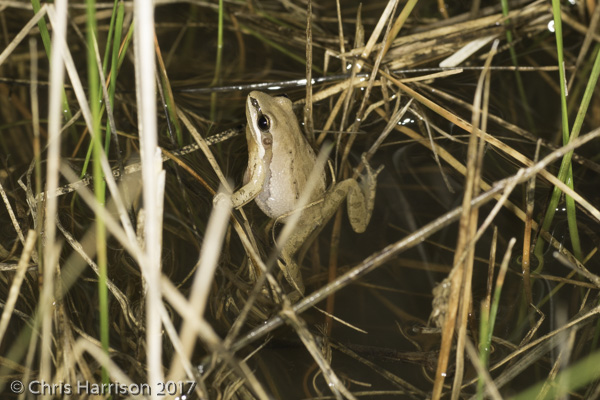The East Texas Toad is a problematic taxon. It has been variously recognized as:
- a valid species - Anaxyrus velatus
- a subspecies of Woodhouse's Toad - Anaxyrus woodhousei velatus
- a form of Fowler's Toad - Anaxyrus fowleri
- a hybrid between Fowler's and Woodhouse's Toads - Anaxyrus fowleri x woodhousei
So which is it? I don't presume to know. I do know these medium sized toads are fairly common in the woodlands of eastern Texas and western Louisiana. The problem is that their characteristics are somewhat intermediate between Woodhouse's and Fowler's Toads. Woodhouse's and Fowler's Toads have been variously regarded as the same species, subspecies of the same species and as separate species.
And
to add another layer of complexity....in East Texas this species can be
difficult to separate (visually) from the American Toad (A. americanus) population that
lives there.
There is a good summary of the changing and historical status of the East Texas Toad taken from Michael Lannoo's account on Amphibiaweb here.
For my purposes here, I just have a recording of one of these toads from eastern Texas. You can decide what to call it yourself!
 |
| East Texas (Fowler's) Toad Tyler County, Texas |
 |
| East Texas (Fowler's) Toad Cherokee County, Texas |
And here is a recording of a Fowler's Toad from Little Rock, Arkansas.
They sure sound the same to my ear!
© Chris Harrison 2015































